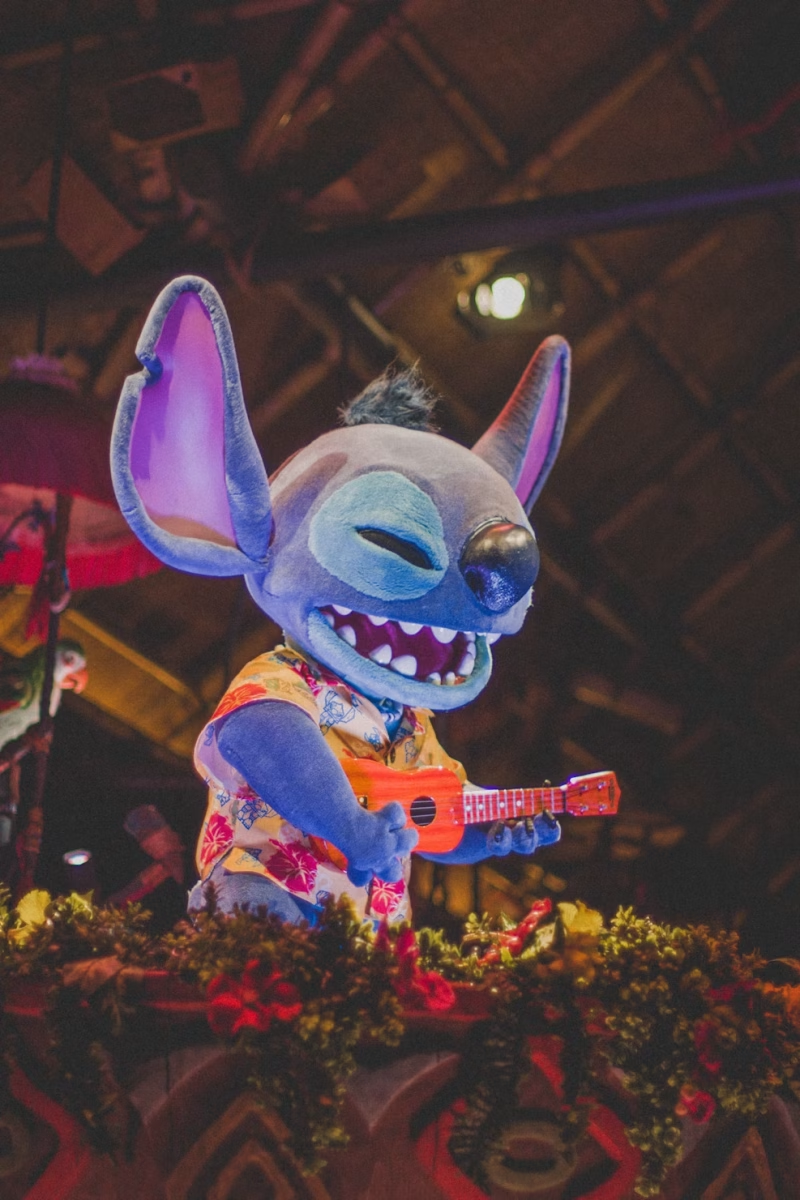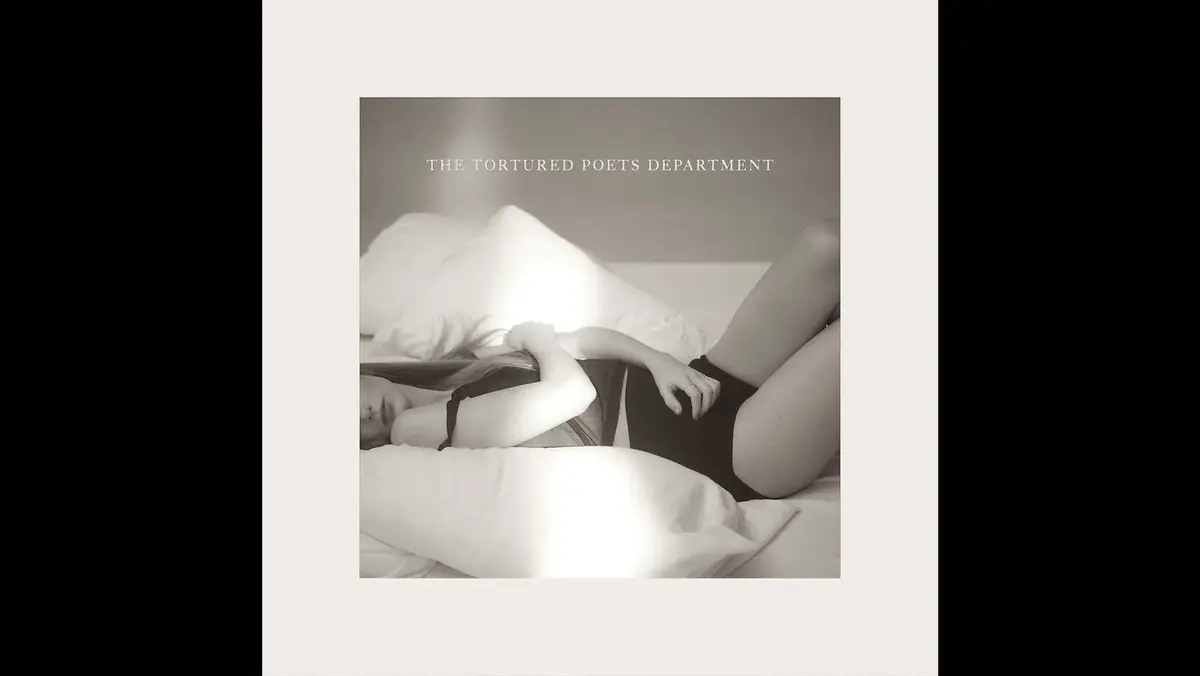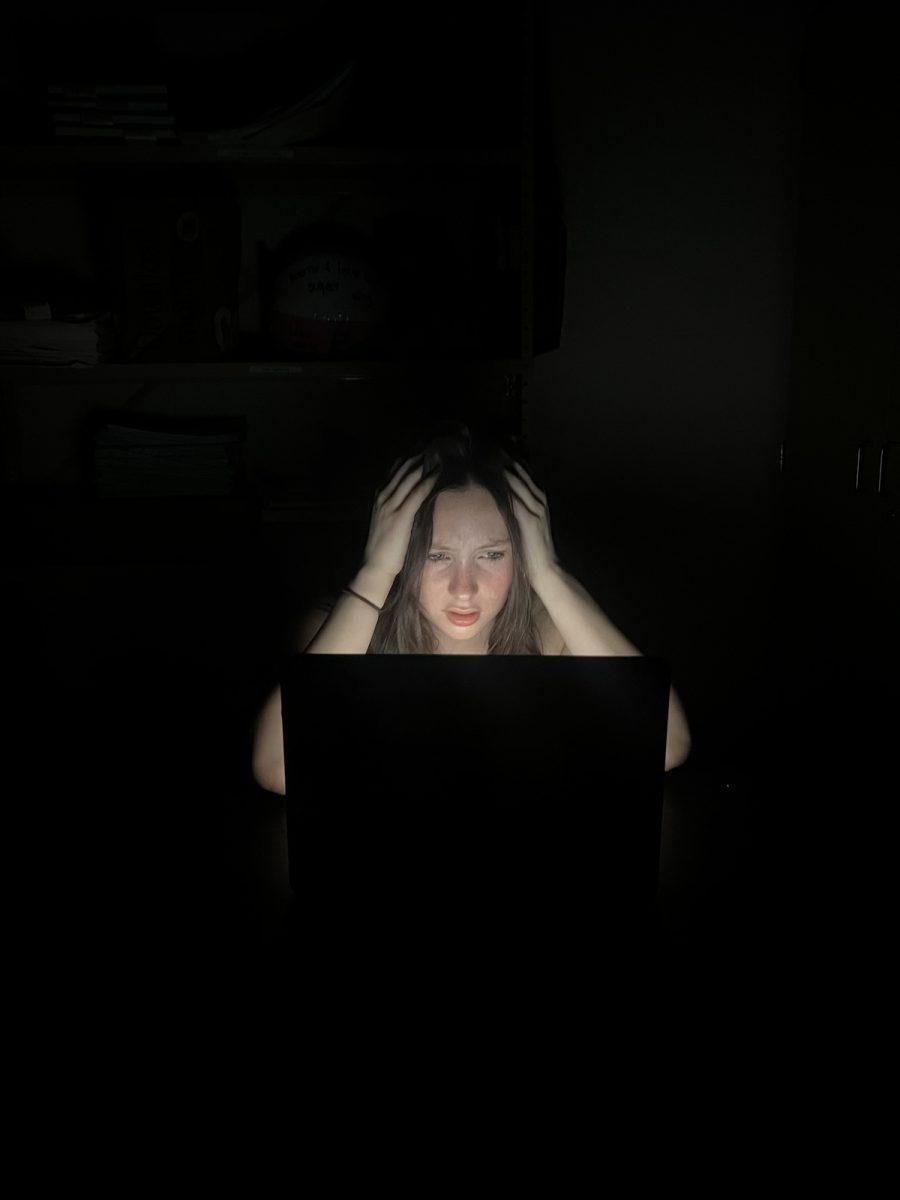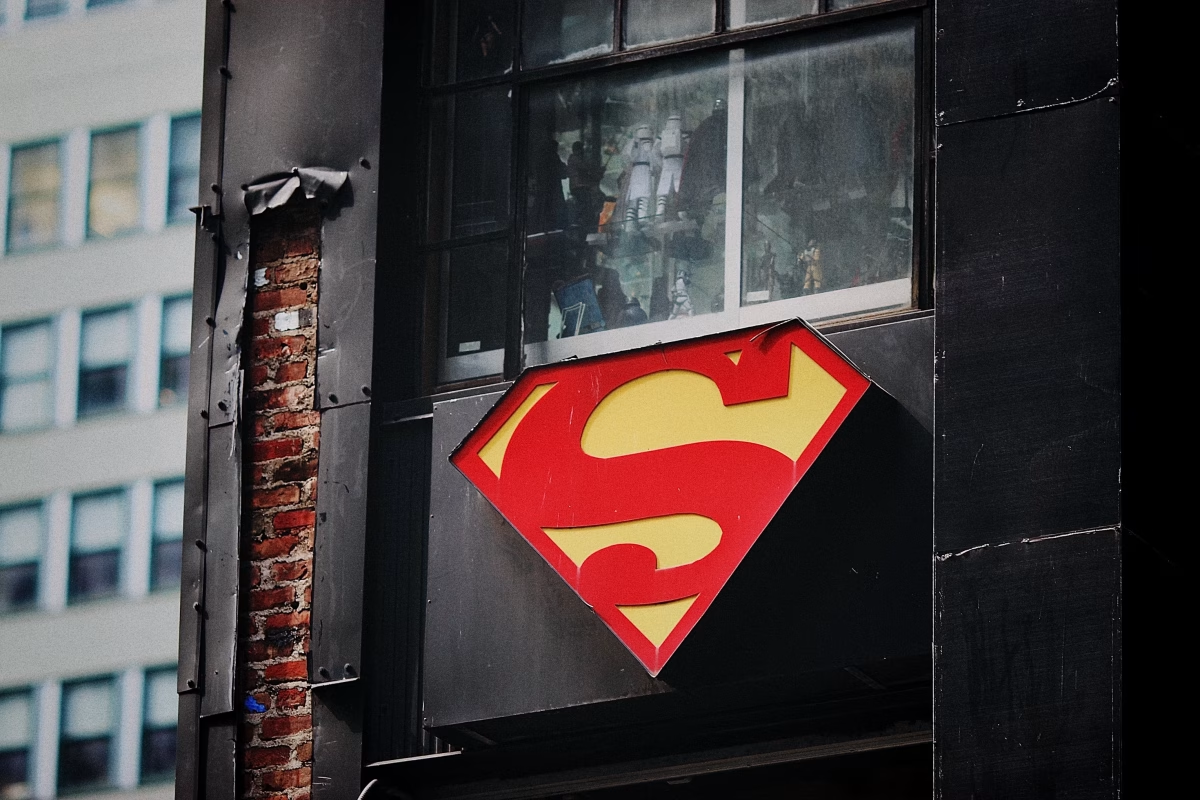
“Avatar the Last Airbender,” a live-action remake of the original animated version, is a new series that appeals to old-time “Avatar” fans. Directed by Michael Goi, the show highlights the general idea and journey of Anng, played by Gordon Cormier, faces to master all four elements: air, water, earth, and fire. All other characters throughout Aang’s journey, including Sokka, played by Ian Ousley; Katara, played by Kiawentiio Tarbell; Zuko, played by Dallas James Liu; and Suki, played by Maria Zhang, resonate well and embody the beloved characters we know and love from the original. However, despite the show’s recent success, the question must be answered: will the live-action show continue on with the story, creating the following seasons two and three?
The live-action remake’s first season reached eight episodes, costing $120 million, meaning each episode was roughly 15 million dollars. This amount is significantly higher than that of other shows such as “Yellowstone” (budget of 1 million per episode throughout the first season) and “Echo” (budget of 40 million). Despite the overall production cost, Avatar’s live-action remake took a risk and received a Rotten Tomato score of 60%, surpassing many people’s beliefs about the show’s capability. However, the original “Avatar the Last Airbender” series received a fantastic score of 100% on Rotten Tomato. Due to these statistics, some may say that the new remake was a significant fall-off from the original, as the score difference is substantial. However, I would not compare the two. Both shows have flaws and their strengths, enjoy the show for what it is.
“The look and feel of the series contains very little texture, which only exacerbates the lifelessness of the writing. Most notably, the direction is severely underwhelming and lacks the kinetic energy that made the animation so engaging,” said critic Andres Cabrera.
Critic Cabrera strongly opposes Goi’s new take on the Avatar series. She discusses the characters’ little-to-no depth compared to the original characters, who carry lots of personalities. Overall, her take is based on comparing the two shows, comparing the remake’s flaws to those that the original got right.
“It’s undeniable that Netflix’s adaptation is a reminder of how much we missed the world of Avatar. It’s still so much fun, and there’s still so much to learn with messages that ring even more true today,” said critic Noëlle D. Lilley.
Top critic Lilley opposes Cabrera’s review, stating that the remake met many of her standards. Lilley discusses how the show helps bring back the old animated Avatar and is a good mediator. Lilly goes on to say that the show’s message, which can be depicted throughout the show, can resonate more so in today’s world than the animated version due to the date of release.
Personally, I believe the show met some, but not all, of the standards I was expecting from a $120 million dollar budget. I agree with Cabrera, as the characters’ depth felt very shallow; throughout the show, it felt like something was truly missing. With an eight-episode season, the show was overly rushed. Many of the great scenes that can be found in the original animated version have been left out in the live-action remake.
Despite some of the show’s struggles, I do think the good outweighs the bad. The fight scenes throughout the show were fantastic, and all scenes involving the bending were extremely realistic and had great CGI. The cast also helped propel this show to its overall high rating. I believe the casting set for Zuko, played by Dallas James Liu, Iroh, played by Paul Sun-Hyung Lee, and Sokka, played by Ian Ousley were a great addition, bringing lots of comedy and backstory to create depth between characters.
Overall, the show was a great reminder of the animated version directed by Tin House; not only did it bring back some of the original, but the newly live-action remake took some of their own ideas to create a new story.













